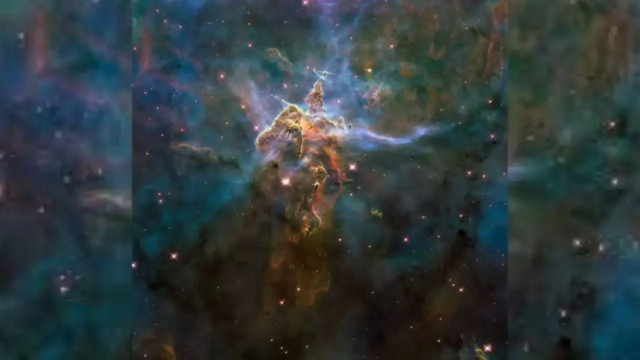These countries will be divided into two parts amid the massive destruction, the world is shocked by the warning of scientists

a
Huge rocky plates beneath the Earth’s surface, called tectonic plates, float on the Earth’s mantle and slowly slide. This slow movement causes major geological changes over millions of years. This change is being seen in the continent of Africa. Two major tectonic plates in East Africa – the Nubian and the Somalian – are moving away from each other. This separation is creating the East African Rift System (EARS), one of the most active geological regions on Earth. Scientists consider this process the beginning of the birth of a new ocean, which could have far-reaching consequences.
The EARS stretches for about 3,500 kilometers, starting from Ethiopia to Kenya, Tanzania and Mozambique. The region is marked by a series of cracks and faults caused by the stretching and thinning of tectonic plates. The process is slow, with plates shifting just a few millimeters each year, but over millions of years it can make a significant difference.
A new ocean will be born
When tectonic plates separate, the land between them stretches and thins. This creates cracks, which gradually deepen. Scientists believe that water from the Red Sea and the Gulf of Aden may fill these cracks, eventually forming a new ocean. This process is similar to the formation of the Atlantic Ocean millions of years ago.
2005 incident in the Afar region
In 2005, a series of more than 420 earthquakes in the Afar region of Ethiopia created a crack 60 kilometers long and 10 meters deep. This incident was an important indication to scientists that the division of Africa is happening much faster than expected. This crack is getting wider by about half an inch every year, which shows the process of formation of a new ocean.
Cracks are gradually getting deeper
Countries like Ethiopia, Kenya, Tanzania and Somalia will be most affected by this tectonic movement. Landlocked countries like Uganda, Zambia and Rwanda may get a sea coast in the future, which will give them new opportunities for maritime trade and economy. At the same time, some parts of Somalia and Ethiopia can become a separate continent, which scientists are calling the ‘Nubian Continent’.
Warning from scientists
Earlier scientists believed that this process would take millions of years, but recent studies and the incident in the Afar region have shown that it can be completed in 5 to 10 lakh years. According to Cynthia Ebinger, a geologist at Tulane University, events like earthquakes or volcanic eruptions can further speed up this process. The formation of a new ocean will completely change the ecosystem of Africa. Marine climate will have a profound effect on weather, agriculture and biodiversity.
Process similar to Gondwana Supercontinent
About 180 million years ago, the Gondwana supercontinent broke up, separating Africa and South America and forming the Atlantic Ocean. Scientists say that the process going on in East Africa is a smaller version of that.
Scientists are closely monitoring these geological changes using GPS tracking, seismic data and satellite imagery. Magma movements and fault extension in the Afar region are playing a key role in understanding this process. This research is important for understanding the future of the Earth.







